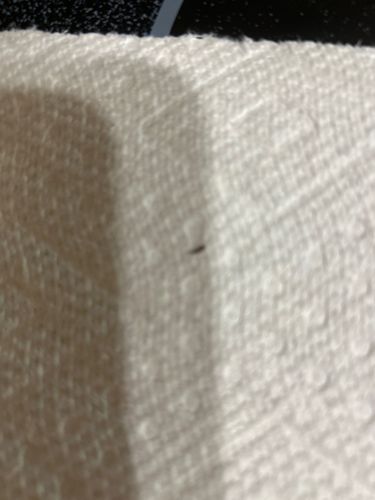Flea
Scientific Name: Ctenocephalides felis (Cat Flea, most common species found on both cats and dogs) or other species within Siphonaptera.
Order & Family: Order: Siphonaptera, Family: Pulicidae (common fleas found on pets, e.g., Cat Flea)
Size: Typically 1-4 mm (0.04-0.16 inches) in length.

Natural Habitat
Fleas thrive in warm, humid environments. They are commonly found in carpets, bedding, furniture, pet resting areas, and outdoor shady, moist areas where hosts frequent.
Diet & Feeding
Adult fleas are external parasites that feed on the blood of mammals and birds. Larvae consume organic debris, including dander, hair, and adult flea feces.
Behavior Patterns
They are active at night and tend to hide in cracks and crevices during the day. Fleas have a rapid life cycle, laying eggs that can hatch in a few days. The larvae feed on organic debris, including adult flea feces, before pupating. Adults emerge from pupae when stimulated by vibrations, warmth, or carbon dioxide, indicating a host is near. They can jump impressive distances relative to their size.
Risks & Benefits
Risks: Fleas can cause severe itching, skin irritation, allergic reactions (flea allergy dermatitis), and secondary skin infections in pets and humans. They are vectors for diseases such as murine typhus and can transmit tapeworms (Dipylidium caninum) to pets and, rarely, humans. Benefits: Negligible direct benefits to humans. In some ecosystems, they can be a food source for predatory insects or small animals, but their primary impact is as parasites.
Identified on: 8/17/2025